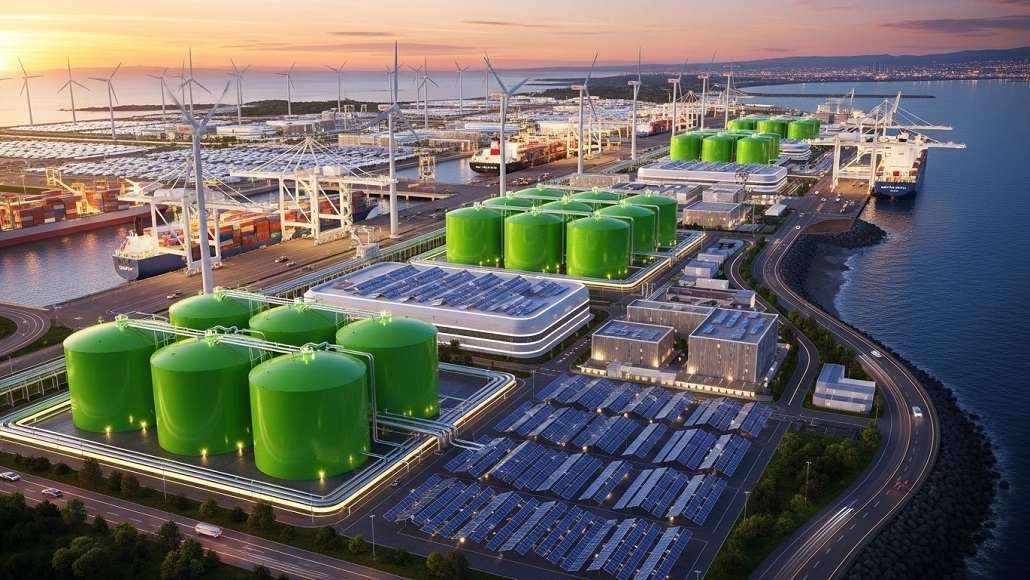The World Bank Board of Directors gave authorisation for a new project to help the green hydrogen strategy of the Government of Ceará and the Companhia de Desenvolvimento do Complexo Industrial e Portuário do Pecém (Pecém Industrial and Port Complex Company – CIPP). This project puts Brazil at the forefront of the worldwide clean energy transition by allowing the Complex of Pecém to make clean hydrogen. It also creates employment, promotes inclusivity, and makes the environment more resilient in the future.
CIPP is in the state of Ceará in northeastern Brazil. It is a significant industrial and logistical centre and one of the best places in the nation to build a hydrogen hub. It is perfectly located to lead an energy transition, with assistance from both the State and Federal Governments.
The project pays for important infrastructure that will let private businesses invest in making clean hydrogen and its derivatives. It uses the best practices from across the world and lessons learnt from World Bank-supported hydrogen projects in Chile and India. It will help Brazil and the region reach their clean energy goals and lower carbon emissions. It will also create opportunities for private sector investors, local businesses, and the community throughout the region through economic benefits and climate benefits.
“This support from the World Bank represents a historic milestone for the Pecém Complex and for Ceará. We are making concrete progress in consolidating the green hydrogen hub, which positions Brazil as a leader in the global energy transition. This initiative strengthens our infrastructure, attracts investment, and creates real opportunities for the people of Ceará,” stated Max Quintino, president of the Pecém Complex.
“Ceará is embracing the future by investing in green hydrogen and building the policy foundations for a more sustainable, competitive, and inclusive economy,” said Jorge Coarasa Bustamante, World Bank Operations Manager for Brazil. “This program helps expand job opportunities and promotes clean growth, especially in regions historically left behind.”
In line with Brazil’s Aims for Climate and Development
The planned project is in line with Brazil’s revised Nationally Determined Contribution, the National Hydrogen Program, and the New Brazil Industry Policy. It also helps Brazil’s climate goal. It also fits with Ceará’s “Plano Verde” and the federal and provincial initiatives to encourage a clean energy transition that helps the economy and society grow by making a clean hydrogen sector. Ceará is one of Brazil’s poorest states, yet it is becoming a major participant in this field, which is important for reducing carbon emissions in areas like transportation and industry. The initiative uses the country’s potential for renewable energy and the CIPP’s strategic infrastructure to help with this change.
The World Bank gives money via an Investment Project Financing (IPF) tool to help reforms that will lead to big changes. The total amount of money comes to US$134 million. This includes a US$90 million loan from the IBRD, a US$9 million grant from the IBRD Surplus-Funded Livable Planet Fund, a US$33.5 million loan from the Climate Investment Funds (CIF) under the Renewable Energy Integration (REI) Program, and a US$1.5 million CIF REI grant.

